Paris Secrets: Brassaï’s Hidden City
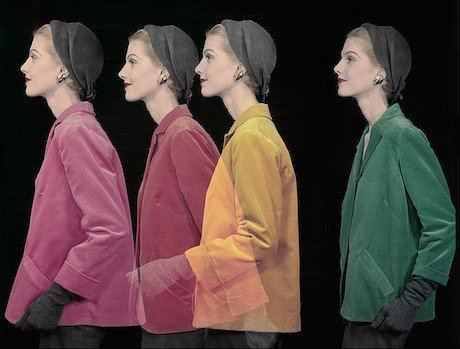
Thu 9 Jan 2014
No photos of Paris are more beloved than those of Brassaï, who was born in Transylvania as Gyula Halász. Transplanted to Montparnasse in 1926, he helped create the legend of left bank bohemia. A friend of poets like Jacques Prévert and Robert Desnos, Brassaï also worked for Picasso. When it came to Paris secrets, however, none of his friends could match him.
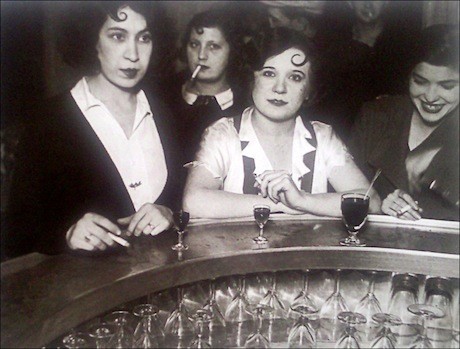
Detail, Brassaï/Mairie de Paris all rights reserved.
The capital was Brassaï’s inexhaustible subject; he captured her nights, parks, river, markets, lovers, streetwalkers, circuses, bars, workers, traffic, pensioners and children. Until March 8, Paris is paying him homage—with the magnificent show Brassaï: For the Love of Paris. It’s open every day but Sunday, totally free of charge, from 10 a.m. to 7 p.m. at the Hôtel de Ville.
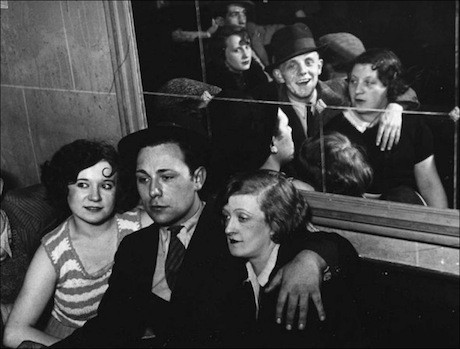
Detail, Brassaï/Mairie de Paris all rights reserved.
If anything leaps out from these lovingly captured moments, it’s the constancy of Brassaï’s curiosity. Like Charles Dickens in London, the lensman was a prolific walker. Also like Dickens, he relished the hidden life of the night. For Brassaï, a deserted corner (or a lonely statue) held just as much energy as the busiest café. Thus every shot you see seems alive—whether it captures the clients inside a maison close or an empty street after dark.

Detail, Brassaï/Mairie de Paris all rights reserved.
Among these gorgeous prints are some incredible rarities. They include pictures made in 1890s Paris, shots that offer a genuine peek into the belle époque. Here are the great beauties in their sweeping bustles, the promenades in the Bois de Boulogne, the swells watching races at Longchamp. Most are shots of people, places and métiers that have vanished.
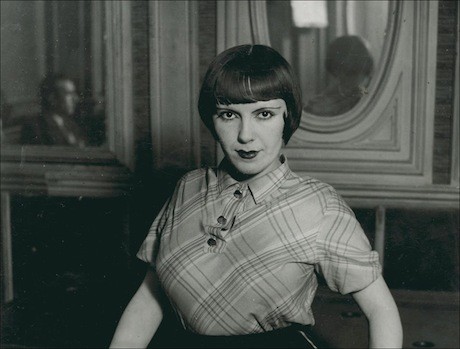
Detail, Brassaï/Mairie de Paris all rights reserved.
Brassaï vividly captured things like haute couture and socialites. But what he truly loved was the city’s intimate side: parks at night, fog on the river, winter in the Luxembourg Gardens. His choicest Paris secrets include after-midnight haunts, girls backstage at the Folies Bergère—and “bad boys” in their element. The show has many famous faces, like those of de Beauvoir, Dalí, Picasso and Matisse. But perhaps more personal are its children and elderly folk. Certainly the most poignant moments are unexpected, such as the chaps caught staring into a window of girdle-clad mannequins.
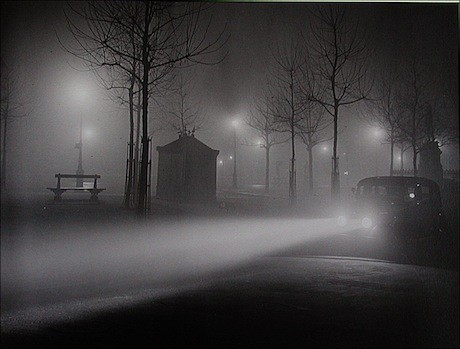
Detail, Brassaï/Mairie de Paris all rights reserved.
All of it was immortalized by someone in search of “the astonishing.” But, as Brassaï often stressed, he never looked for pictures of “astonishing things.” What he wanted was just the chance to look more deeply, to discover how the everyday could astonish him.
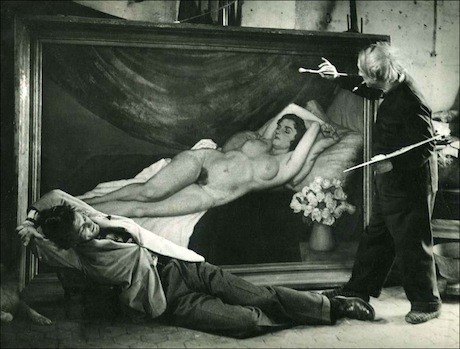
Detail, Brassaï/Mairie de Paris all rights reserved.
It’s still the best recipe for day-to-day life in Paris—and Parisians have been flooding into the show. Their delight in recognizing, pointing to things and discussing them means that viewing can be a bit chaotic. The show is a large one, hung on walls but also divided into thematic “rooms.” There’s also a section upstairs section and a small space with a film.

Detail, Brassaï/Mairie de Paris all rights reserved.
Seeing all this requires some patience and attention. But—it really is art that could change your life.
• A different view of Paris is on show at the Jeu de Paume, which features a retrospective of Erwin Blumenfeld. It is focused on the photographer’s early influences—especially German Expressionism. The large expo finishes with a room of Blumenfeld’s fashion shots, justly famous for incorporating surrealism.
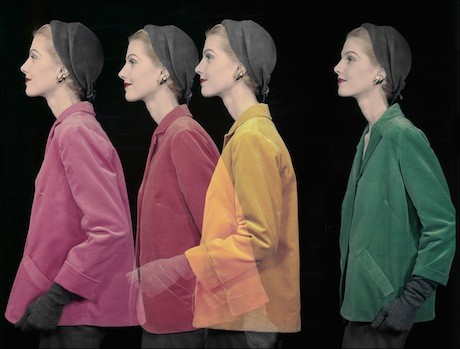
Detail, Erwin Blumenfeld, Jeu de Paume, all rights reserved.
• Download the Hôtel de Ville’s Brassaï app (see link below).
Did you know there is a treasure trove of content like this in our archives? Register as a friend of the Girls’ Guide to Paris website if you haven’t already, and you’ll have access to all our recommendations and insider info!
Related Links
Brassaï: For the Love of Paris
Hôtel de Ville
Jeu de Paume
Erwin Blumenfeld
Hôtel de Ville’s Brassaï app